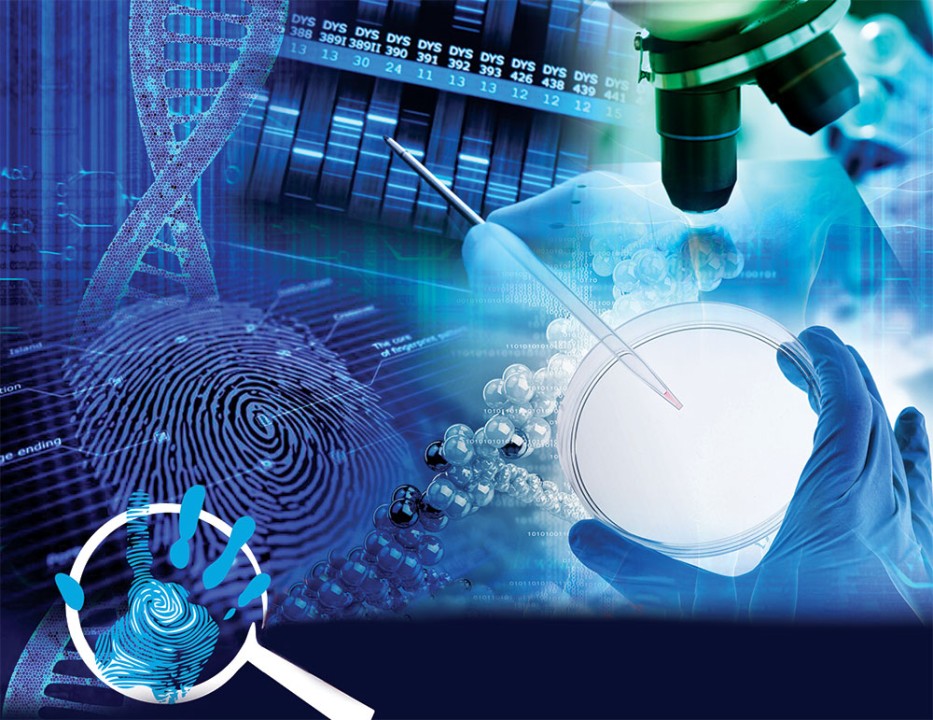Forensic voice analysis, often referred to as phonetic or speaker profiling, has emerged as a powerful tool in criminal investigations, providing a unique way to unravel mysteries and establish crucial links between individuals and criminal activities. Silent witnesses, in the form of voice recordings, have become pivotal pieces of evidence in contemporary forensic science. This specialized branch of forensic analysis delves into the distinctive characteristics of an individual’s voice, much like a fingerprint, to extract valuable information for investigative purposes. One of the primary applications of forensic voice analysis is speaker identification, which involves determining whether a particular voice matches a known individual. By employing advanced technology and algorithms, forensic experts can scrutinize a myriad of acoustic features such as pitch, tone, rhythm, and pronunciation, constructing a comprehensive voice profile. This process allows investigators to discern unique patterns that remain consistent across various recordings, contributing to the establishment of aural identity.

Furthermore, forensic voice analysis extends beyond mere identification to include speaker profiling, a technique that assembles a comprehensive personality sketch based on vocal nuances. Just as behavioral profilers examine patterns of behavior to create a psychological profile, forensic voice analysts decode the vocal attributes that may provide insights into an individual’s age, gender, emotional state, and even geographic origin. This multifaceted approach not only aids investigators in narrowing down potential suspects but also offers a deeper understanding of the context in which the recorded speech occurred. In legal contexts, forensic voice analysis has been utilized in cases ranging from anonymous threats and ransom calls to recorded confessions and disputed audio evidence. The reliability of this method, however, remains a subject of debate within the scientific community, with some critics pointing to the potential influence of environmental factors, disguise attempts, or natural variations in speech that may challenge the accuracy of the analysis.
As with any forensic technique, careful consideration must be given to the limitations and potential pitfalls of voice analysis. Despite the ongoing debates, forensic voice analysis has proven instrumental in solving numerous high-profile cases. Its ability to link individuals to specific verbal communications has provided law enforcement agencies with a valuable tool for uncovering the truth. As technology continues to advance, the field of forensic voice analysis is likely to evolve, refining its methodologies and expanding its applications and view the page https://adeptforensics.com/forensic-discourse-analysis/. The silent witnesses encapsulated in voice recordings offer investigators a unique auditory trail to follow, shedding light on the intricate details of criminal activities that might otherwise remain obscured in the shadows. The role of forensic voice analysis in investigations exemplifies the marriage of cutting-edge technology and traditional investigative techniques, pushing the boundaries of forensic science in the pursuit of justice.
